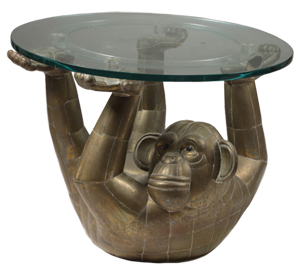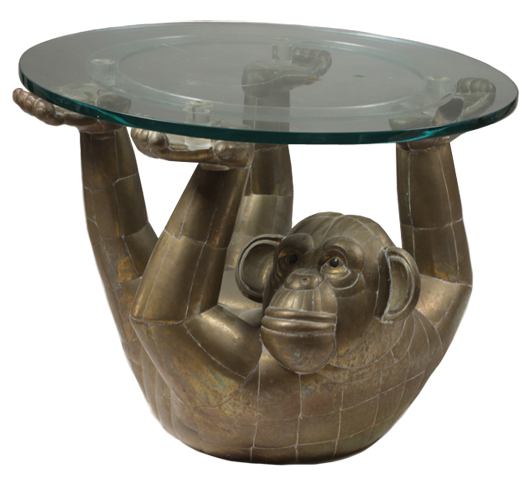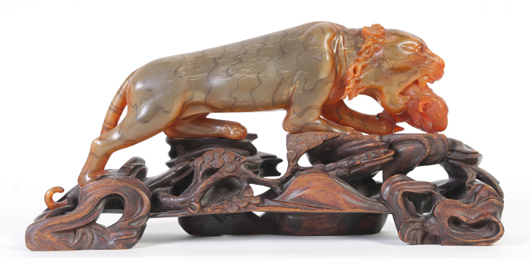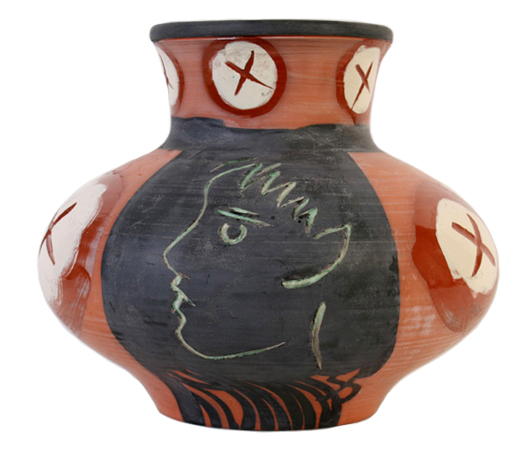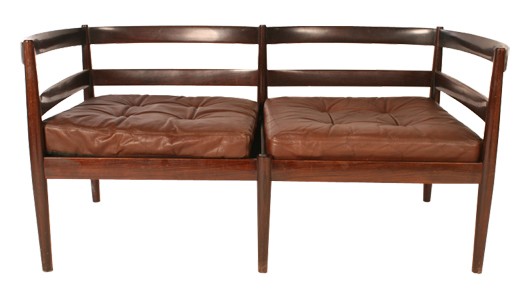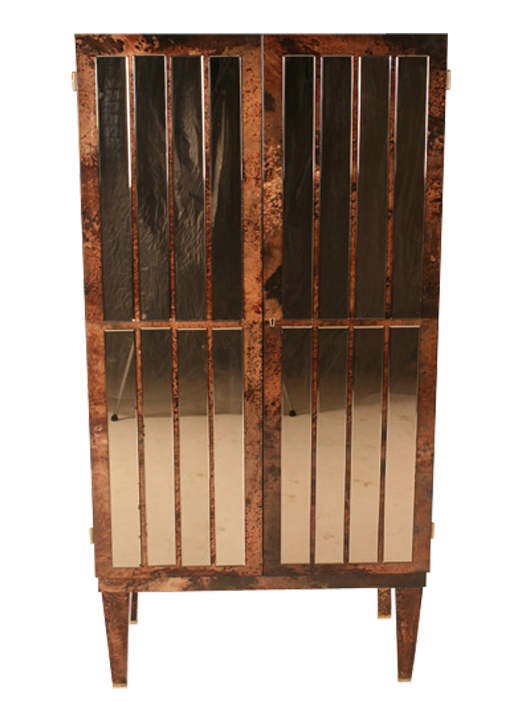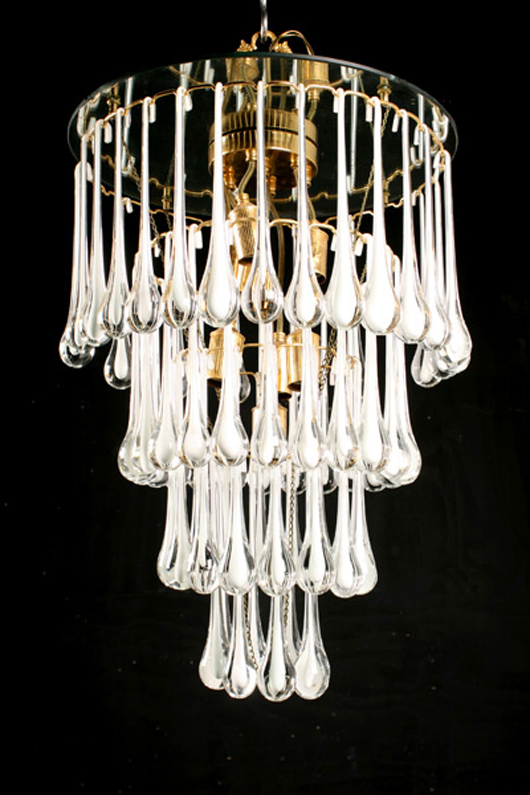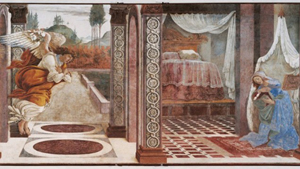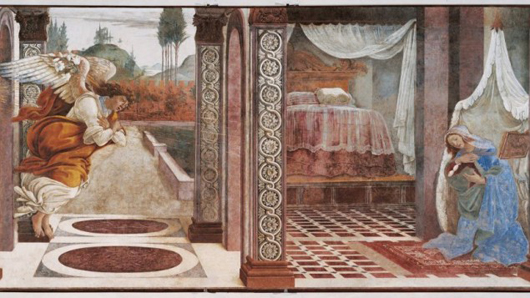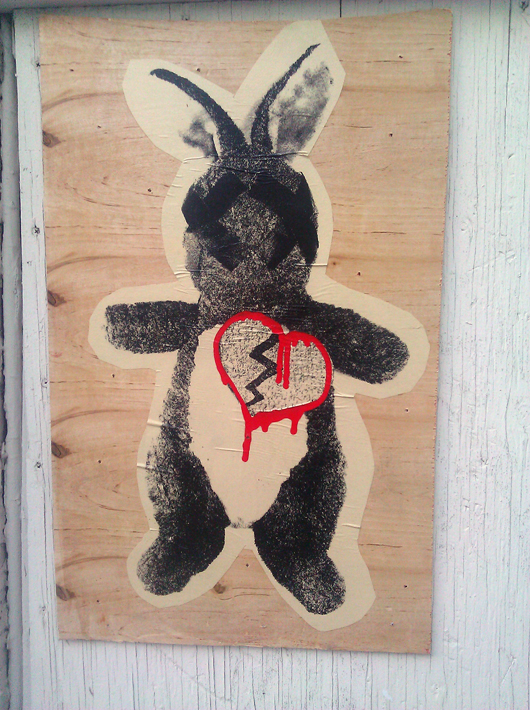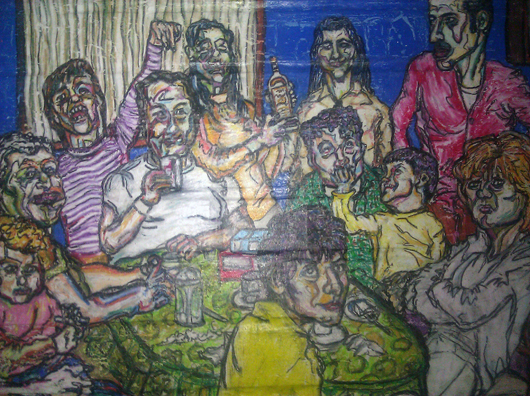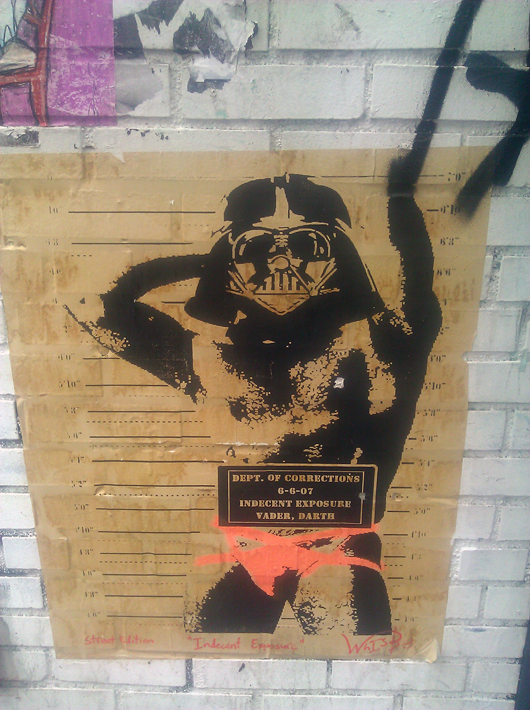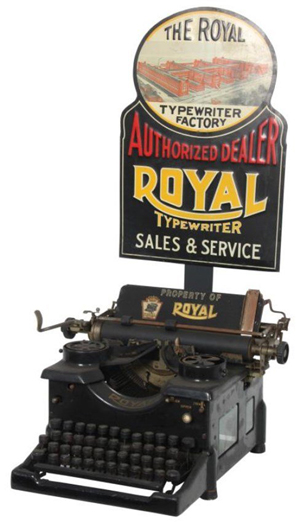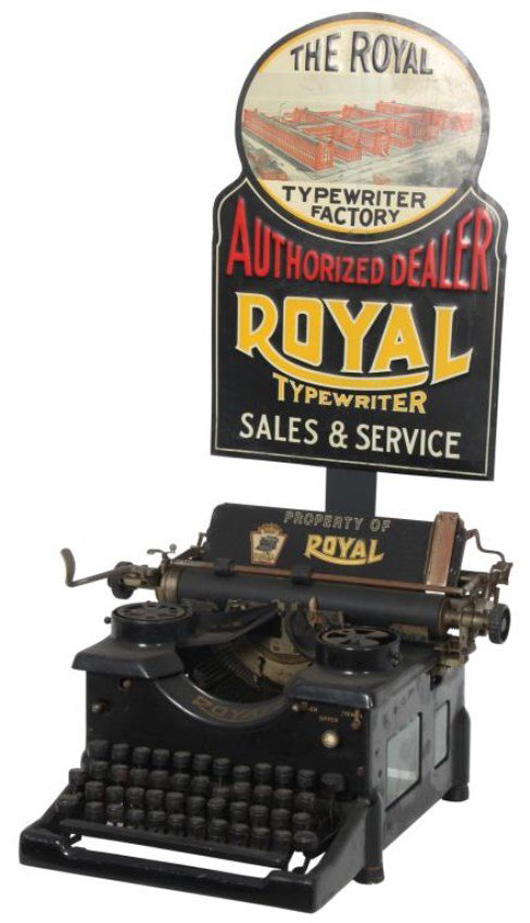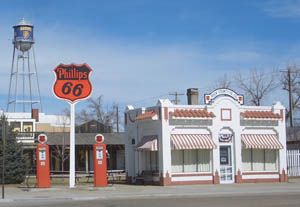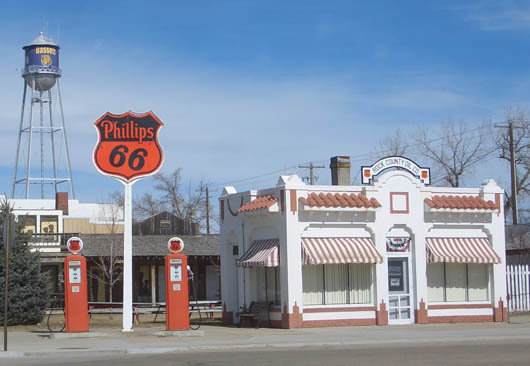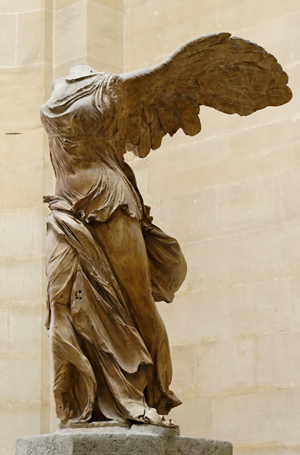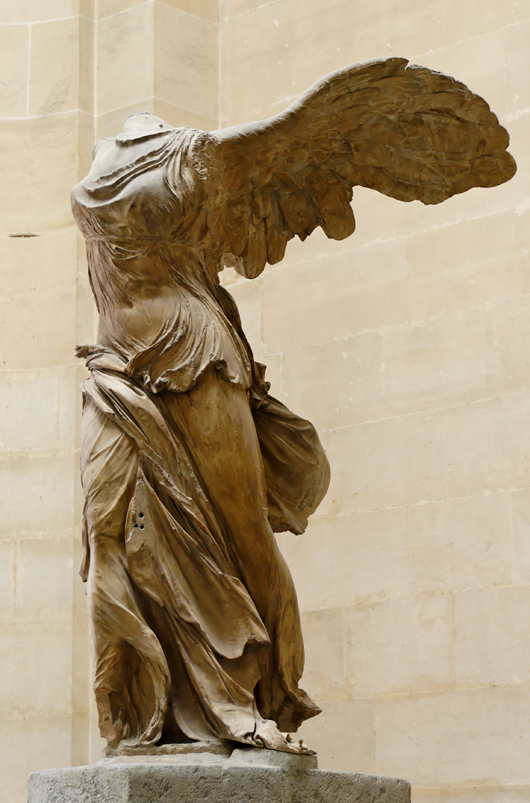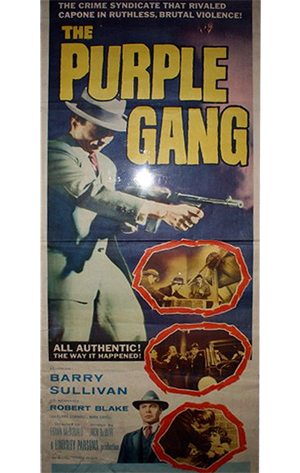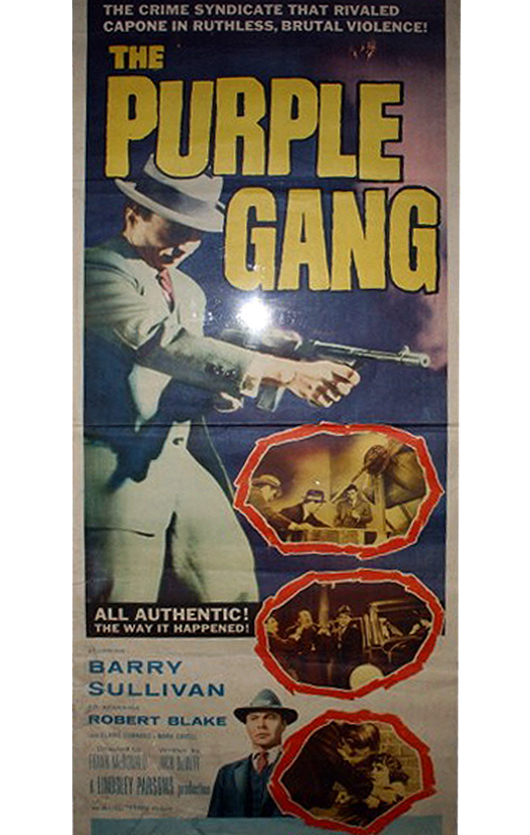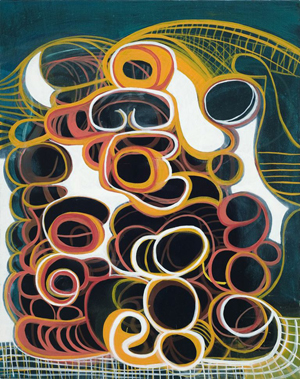
PROVINCETOWN, Mass. – The Provincetown Art Association and Museum’s Lillian Orlowsky and William Freed Foundation Grant recipient exhibition will open Sept. 13 and run through Oct. 6. The four-person show will feature work from the 2012 grant recipients: Irene Lipton of North Truro, Mass.; Catherine Kehoe of Roslindale, Mass.; Maria Napolitano of Providence, R.I.; and Reiner Hansen of Brooklyn, N.Y. A public reception will be held on Friday, Sept. 20, from 8-10 pm.
Curated by Grant Administrator Grace Ryder-O’Malley and PAAM Executive Director Christine McCarthy, the exhibition will include both older work by the artists as well as new work done since receiving the grant in June 2012.
The grant money has assisted the artists to produce a larger body of work throughout the year. Not only does it assist these artists in gaining public exposure, but the recipients also use it to improve aspects of their artistic lives.
Reiner Hansen utilized the grant money to rent a larger studio space. ”The grant made all the difference,” she writes. Hansen’s work consists largely of unsettling portraits and self-portraits, which are detailed to the brink of photorealism, and question the stereotypical concept of femininity. “The Lillian Orlowsky and William Freed Foundation Grant has been allowing me to continue to work unhindered on my ‘Self Portrait’ series, free from the distractions of doing other jobs unrelated to my art. It has enabled me to finish enough paintings to be ready for a solo exhibition. I’ve been able to devote my time to expanding the series, which I wouldn’t have been able to do otherwise.”
Recipient Catherine Kehoe also paints portraits, as well as still life scenes, but with angular brushstrokes reminiscent of Cezanne. “This grant meant that I could keep painting full time for a year,” she writes. “During the funded year, I finished 24 new paintings and was able to afford to have them documented with high-quality digital images as they are completed, thanks to the support of the Lillian Orlowsky and William Freed Foundation Grant.”
Irene Lipton is the most abstract painter of the recipients, with work consisting of organic shapes that seem to flow and intersect in a constant conversation of line and color. Lipton has also found the grant helpful in paying for the needs of an artist in the digital age.
“It has given me time to better organize and develop my website, mailing list, and database of collectors and sales, so I know where all my work is.”
“Besides the monetary assistance, being the recipient of this grant has brought my paintings new recognition,” the fourth grant recipient, Maria Napolitano, writes.
Napolitano’s artwork consists of eccentric botanical forms, decontextualized and interacting in voids of energetic color. Since receiving the grant, Napolitano and the other recipients have each been invited to participate in future exhibitions. Napolitano, a Providence, R.I., artist, was pleased to have a painting purchased by the Rhode Island School of Design museum to be taken into the permanent collection.
The grant has helped Napolitano, as well as the other three grant recipients, to achieve a newfound caliber of recognition in the art world. The four recipients were chosen from over 300 applicants from 30 states and three countries. The grant is offered to artists 45 years or older who demonstrate financial need, intended to give these artists more adequate recognition, as well as promoting public awareness and an interest in American art.
“As today’s art world seems to be focused towards younger artists, it’s easy to feel overlooked and underappreciated,” writes Reiner Hansen. “For a more mature artist, this grant is really valuable, not only financially, but as a matter of recognition, a pat on the shoulder.”
The public is welcome to attend the Sept. 20 reception at no charge to celebrate the opening of the 2012 Lillian Orlowsky and William Freed Foundation Grant Recipient Exhibition.
The Provincetown Art Association and Museum is located at 460 Commercial St. in Provincetown, Mass. For more information, call 508-487-1750 or visit www.paam.org.
ADDITIONAL IMAGE OF NOTE




